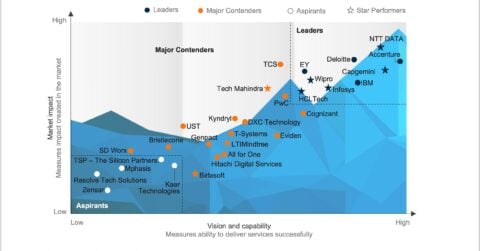Reimagine growth at Elevate – Dallas 2025. See the Agenda.
Filter
Displaying 1-10 of 165
Actionable Insights for Procurement Leaders: Sourcing Strategies in 2025
May 22, 2025
On-Demand LinkedIn Live
1 hour
SIG SPRING GLOBAL EXECUTIVE SUMMIT 2025 | Conference
Wednesday, April 2nd- 4th
Nashville, TN
45 Minutes
Sourcing Leaders: Key Locations Trends to Know for Outsourcing and Offshoring Decisions | Webinar
On-Demand Webinar
1 hour
Supply Base Diversity: The Initiatives Leading the Global Market | LinkedIn Live
February 27, 2025
On-demand LinkedIn Live
1 hour
Exclusive First Look: Engage 2025 London Must-know Highlights | LinkedIn Live
February 26, 2025
On-Demand LinkedIn Live
1 hour











